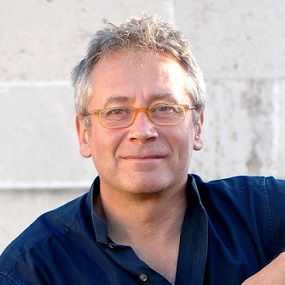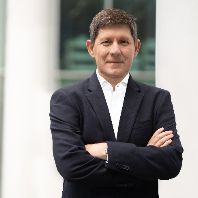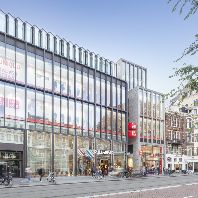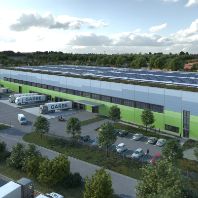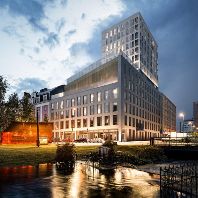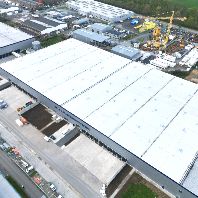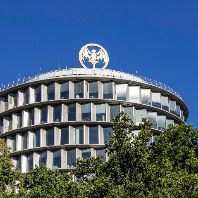What can you tell us about the London Olympic Games project?
“The Olympic Games project was completed within the budget and earlier than we expected. While planning the Games we tried to make sure that they would make a lasting, fundamental change to some of the poorest areas of London, generate economic growth and change the lives of the citizens who live there.
“There were two very different aspects in the London bid. The first was that it would be as environmentally responsible as it could be. Like every major sporting event, the Games will inevitably have a high carbon footprint. But the London Games has taken its environmental responsibilities very seriously. The objective to produce a Games with the lowest achievable carbon footprint informed every aspect of the planning, the development, and the organization of the Games.
“The second thing that was unique about the London Games is that it deliberately sought to regenerate a part of London that needed investment. With the exception of the Barcelona Olympic Games of 1992, which have been very successful in transforming that city, I don’t think any city has really thought about how to use the Games to create a piece of city that works after the Games. So in our case the decision was made beforehand, to build into the thinking of the Games what we wanted to have afterwards. Every stadium has a plan to adapt it or reduce it in size and scale so that it is suitable for national use. The campus will become a new London park and other buildings including the athlete’s village will be incorporated into the wider urban fabric.
“We also thought about how we would use the Olympic site to plan a piece of city and develop it over a 25-year period. Perhaps the biggest question that we had to answer was even if you create a really good piece of city in a very poor piece of London, would that impact on the local area and fundamentally improve the lives of some of the people with the worst life chances in the city.
“I hope that other cities bidding for the Games will see how London has thought about its environmental responsibilities and adopt a similar approach. And possibly even improve it, because on every stage we should learn and each future Olympic city should do it better.”
What was the most difficult part of this project?
“The most difficult part is that you have less than seven years between winning the bid and opening the Games. That is a very short time scale to create an Olympic complex and at the same time really think about what it should be after the Games. In the first two years there is always pressure, almost panic, that you have to build the Games and as a result the longer-term discussion gets pushed to one side. The most difficult thing is to get the real, the important debate about the long-term future onto the table at the same time as you are building the actual site.”
What about the accessibility of the site?
“One of the reasons why the site was chosen is that we had the ability to create a large site in a central location, which is difficult in any mature European city, and secondly we had good public transport access into the area. London’s public transport works well, it is not a car-based city. The site is on the fast Eurostar line between London, Brussels and Paris and on the underground network. We have also recently built light rail systems to make sure that the accessibility of the site is optimal.”
What can you see happening right now in cities around the globe? Which cities are going environmentally friendly and developing in a positive way?
“It’s always very hard to answer that question, because there are so many ways to judge what makes a good city. I think that cities like London, Paris, Amsterdam, Berlin, New York are great places to live, although they may not function perfectly. In terms of environmental responsibility, cities like Stockholm and Helsinki are doing extremely well. In terms of major transport infrastructure investment, some Chinese cities, Shanghai, Beijing and Hong Kong would be the ones to mention. We are living in a world where there is a lot of global competition between cities for investment and to attract talented people.
“Istanbul is also an extraordinary city. We tend to forget that the other global city in Europe is actually Istanbul, which is the gateway between the East and the West. They have advantages, because a lot of the land and real estate is owned by the city and therefore they can use that to part finance development. They recognize that they have to invest in public transport systems, because traffic chaos is strangling Istanbul. Their new tram and metro systems for example are beginning to work and basically what they are doing is pretty good.”
